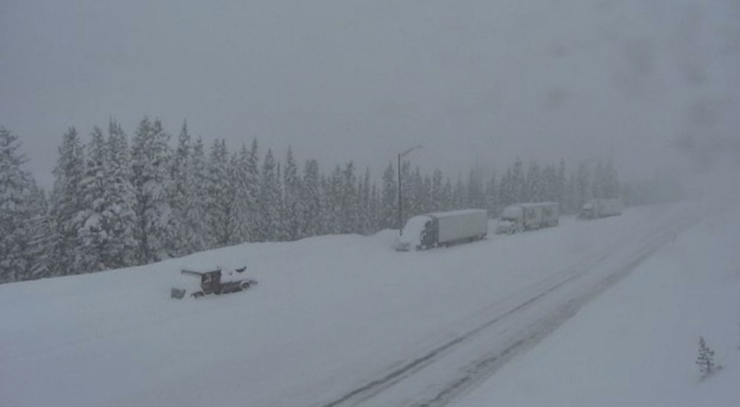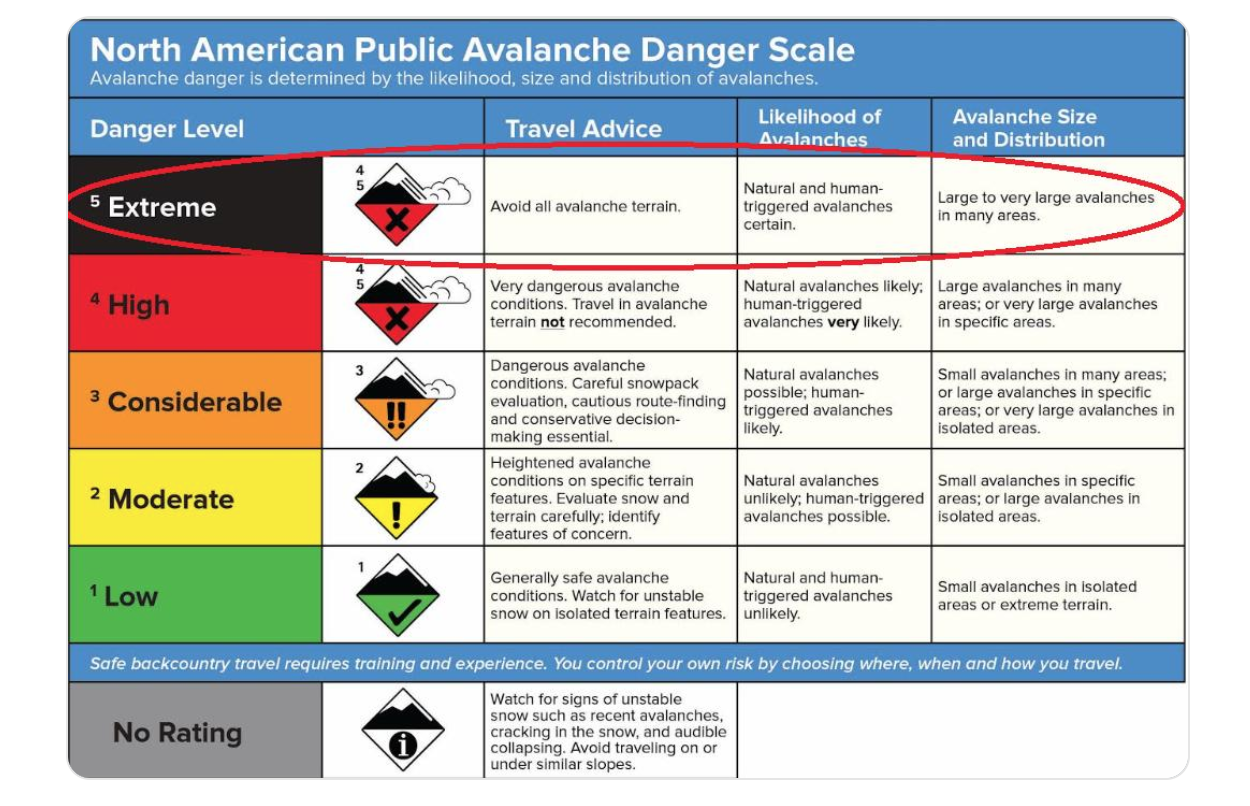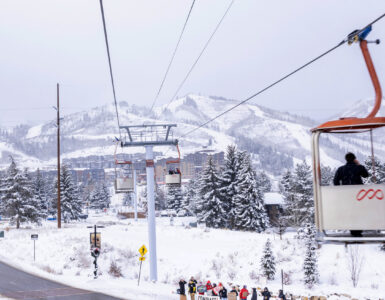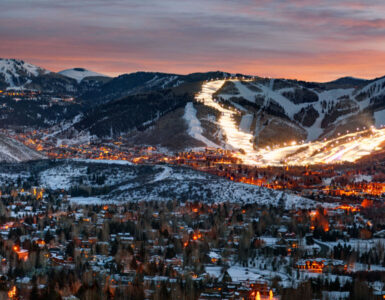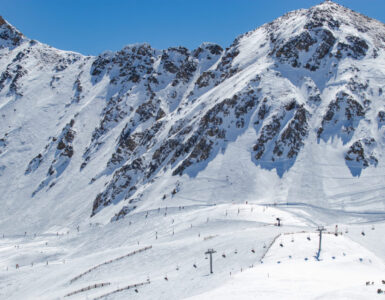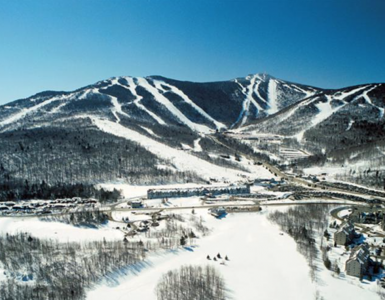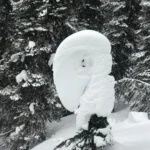Colorado gets snowfall and historic extreme avalanches and more snow is in the forecast for this weekend.
The good news is Vail Mountain is reporting 10 inches of new, heavy, wet snow Thursday morning, for a 280-inch seasonal total, while Beaver Creek is reporting 14 new for a 259-inch seasonal total. The bad news is Vail Pass has been closed due to an avalanche.
The first avalanche closure report for Interstate 70 came in at 1:16 a.m., and then this ominous alert went out at 7:12 a.m.:
“Interstate 70 is closed from the Eastbound mile marker 176 at main Vail due to an avalanche on Vail Pass. No ETA for re-opening. Shelter available at Vail PD. Interstate 70 is also closed Westbound at mile marker 195 due to a gas leak with no estimated time to reopen.”
“Thursday morning’s snow totals are 6-18 inches with the most in the central mountains and along I-70,” Opensnow.com meteorologist Joel Gratz wrote Thursday morning. “This snow is deep and thick and there are numerous road closures due to avalanche risk.
“The next storm will bring snow from Friday midday to Saturday mid-morning and Saturday’s powder should be fluffier with 4-10+ inches. Then we’re still looking forward to multiple days of snow from March 12-14 with low confidence on the details of that storm.”
Colorado state officials catapulted their gauge of avalanche danger to the highest level after notching 2,000 avalanches so far this season, and a series of avalanches swept over Interstate 70 near Vail and ruptured a natural gas line in Copper Mountain on Thursday.
Officials are describing the avalanche danger in the state as “historic.”
“We are seeing avalanches run longer than they have in 50 years in some cases,” said Spencer Logan, an avalanche forecaster for the Colorado Avalanche Information Center. “We’ve gotten a lot of snow on the mountains and it is starting to come down.”
The center upgraded its avalanche danger scale to “extreme” for Vail and Summit County, Sawatch, Gunnison and Aspen. Logan said that some of the avalanches have plunged thousands of vertical feet and are knocking out huge trees.
In an average winter season, CAIC records around 3,000 avalanches. This year, there have already been 2,000 avalanches, even though the most active period for avalanches is in the spring when the snow melts, Logan said.
“We’re shaping up for an interesting spring,” he said.
A number of factors have triggered a surge of major avalanches the past week, Logan said.
The recent snowstorm that began Wednesday night dropped 20 inches of dense snow in a matter of hours, said Tracy Truelove, spokeswoman for the Colorado Department of Transportation.
A heavy new layer of the heavy dense snow on weaker layers of lighter snow creates prime avalanche conditions, Logan said. On top of that, high westerly winds can topple the recent shelf of snow into an avalanche. Forecasts also call for upcoming rain, which often increases the probability of slides, he said. Because of these factors, the CAIC increased its avalanche danger scale to extreme, he said.
So far this season, six people have been killed in avalanches.
“Do not travel in the backcountry. Historic avalanches expected to valley floors,” the CAIC says. The agency is warning people to avoid all avalanche terrain.
Be safe out there and be sure to follow the avalanche hazard.


